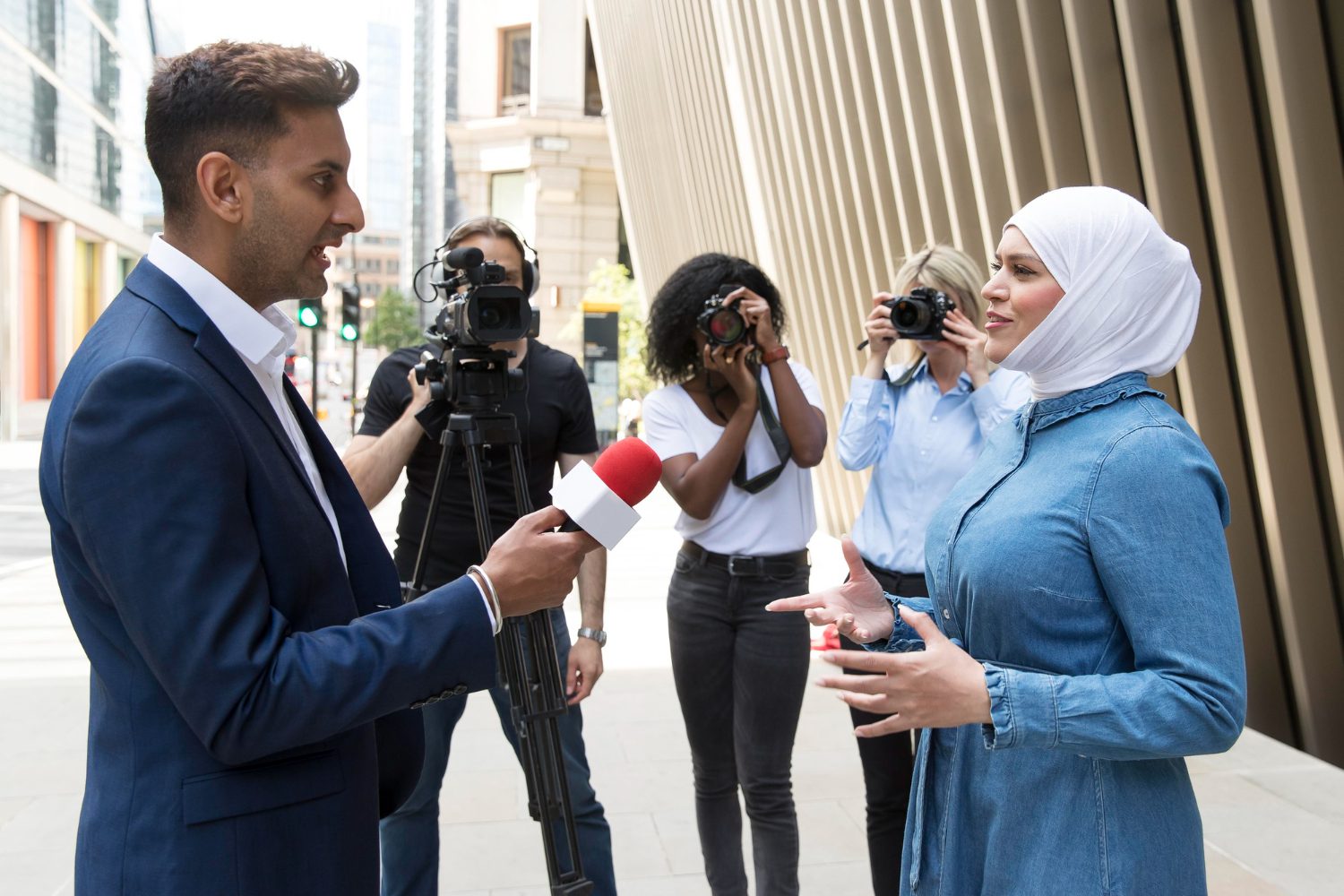As the campaign for India’s 2024 elections moves digital, social media influencers have emerged as a strong weapon for attempting to impact voter behavior.
On May 26, Indian Prime Minister Narendra Modi’s Bharatiya Janata Party (BJP) celebrated his ninth year in power by hosting a gathering with 500 social media influencers at a cricket stadium in Mumbai, the country’s financial metropolis. The influencers, whose follower counts ranged from millions to thousands, were recognized for their contributions to the BJP’s success and were asked to hold similar meet-and-greets in order to reach out to more influential voices on social media.
In June, the BJP hosted a gathering of social media influencers in Jammu & Kashmir. Twitter
Since then, the BJP has conducted other such influencer gatherings around India, including in Jammu and Kashmir, Gujarat, and New Delhi.
As India prepares for a general election in 2024, where Modi is expected to run and win big for a third term, social media influencers have become in high demand. They are being pursued not only by the BJP, but also by several other political parties prepared to pay high dollars to ride on their popularity to drive electoral campaigns. In June 2023, the government of Rajasthan — the western Indian state where the Indian National Congress is the dominant opposition party — announced that it will pay influencers between $120 and $6,000 to promote its welfare packages on Facebook, Twitter, Instagram, and YouTube.
In September, when Lahore-based bike-taxi driver Muhammad Zain started his day, his first booking request on the inDrive app was for a drop-off around 11 kilometers away. He made a quick mental calculation and estimated a rate of 300 Pakistani rupees ($1). But inDrive, which works on a bid-based model that allows drivers and passengers to negotiate fares, restricted him from putting in the bid. It nudged him to offer half the price, which was “close to what the customer was offering.” Zain eventually got the ride for 165 rupees (around 50 cents).
Looking at the dreams of several opposition leaders to emerge as a joint opposition candidate to oppose Narendra Modi in 2024, a divided opposition posing a challenge to Narendra Modi in 2024 appears implausible.
Even Rahul Gandhi’s much-touted Bharat Jodo Yatra, for obvious reasons, is unlikely to yield large returns for the party. Rather, Congress may have to pay a high price for Rahul Gandhi’s gaffes.
On the contrary, Narendra Modi has demonstrated his mettle on both the local and foreign fronts, strengthening the country’s worldwide standing. In truth, the Opposition currently lacks a leader of Modi’s magnitude, capable of challenging Modi’s popularity and statesmanship. As a result, he is unique. It is in the best interests of the country if Modi is given at least one more term in 2024 to complete the unfinished business. Arvind Panagariya’s prediction of Modi returning as PM in 2024 now appears probable.
Elections for the Parliamentary General Assembly take place in April or May. In 2024, there will be a House of People. When selecting the members of Parliament, every voter’s vote is taken into account. You have the right to select the government. Therefore, it is imperative that Indian citizens participate in the voting process.
Predicting the results of the general election is challenging right now because the ministries have not yet released the official dates and details. However, the public and ministries are welcome to voice their opinions. Making an informed decision for the general public will be made easier with this.





























